Please don’t shoot the messenger, but luxury watch sales have been slowing over the last decade. According to Rene Weber, an analyst at Vontobel, as quoted in The Business of Fashion, “When it comes to luxury goods, the watch segment is the weakest and the best is jewelry, which, is primarily bought by women.” This observation has not been lost on the luxury watch industry, says Ariel Adams, founder and editor of A Blog to Watch. “They went crazy with men’s watches and over produced them. To sustain themselves they’re now looking at the women’s market.” But, as Adams points out: ‘The female watch consumer operates a bit differently than men. They buy clothes, shoes, and make other purchase decisions with a different thought process.” So when it comes to luxury watches, what do women want? We caught up with Adams, whose site is a must-read for watch enthusiasts, and asked for his predictions about the future women’s luxury watch sales.
DPA: So what do women want in a luxury watch?
Ariel Adams: Looking at the market, it’s complicated to understand what the market wants. The brands are attempting to approach areas of the market that aren’t saturated. For example, in China there’s been a big shift from women’s sports watches to mechanicals because of the perceived prestige value.
DPA: Do you think prestigious mechanicals for women will take off in the US?
AA: Few American women are hardcore into the engineering side of how watch movements work as opposed to Asian and European consumers who have more of a cultural appreciation for watches. American women need to be educated on how to appreciate and operate a mechanical watch and the brands should spend more time on education.
DPA: Isn’t there incentive because of the higher margins on mechanical watches?
AA: Typically, mechanical watches cost more than quartz watches. But watch brands struggle with this educational element of their marketing plans. They are good at creating awareness and brand recognition, but they are pretty poor at educating consumers.
DPA: Well, if women aren’t buying mechanicals, what are they buying?
AA: The female watch market is complicated because there are two types of women’s watches: feminized, reduced-size men’s watches and designs original to women, some with mechanical movements and some with quartz movements. In general, women are interested in the overall design of a watch. They want something nicely made that looks good.
DPA: You mentioned the reduced-size men’s watch; do you think more women are trading in those dainty quartz dials for larger watches?
AA: Yes, many women love a larger, bolder timepiece. A watch is a statement. It’s art. It has to be noticed. It started with the success of the Michael Kors “Runway” watch, a larger version of a men’s watch in feminine colors. It became the highest selling watch in the US.
DPA: What do you think the appeal was?
AA: He did a novel thing and included it in his runway collections. That hadn’t been done before. Now luxury brands like IWC and Omega are offering bigger-sized women’s watches.
DPA: What else are women buying?
AA: Women tend to stick to big, high-quality brands. Rolex and Cartier together command a significant amount of the women’s market. Integrity plays a big part in the female watch purchase.
DPA: Are there any other popular brands?
AA: In addition to Rolex and Cartier, Bulgari and Channel are among the top sellers when it comes to women’s luxury watch brands.
DPA: Any advice to retailers looking to attract more female watch buyers?
AA: Watch out for Internet competition. Retailers can spend a lot of time demystifying the watch buying process only to have the consumer say, ‘I don’t need to pay a premium for that” and go to the Internet to buy. So once you have them in the door, offer competitive pricing.

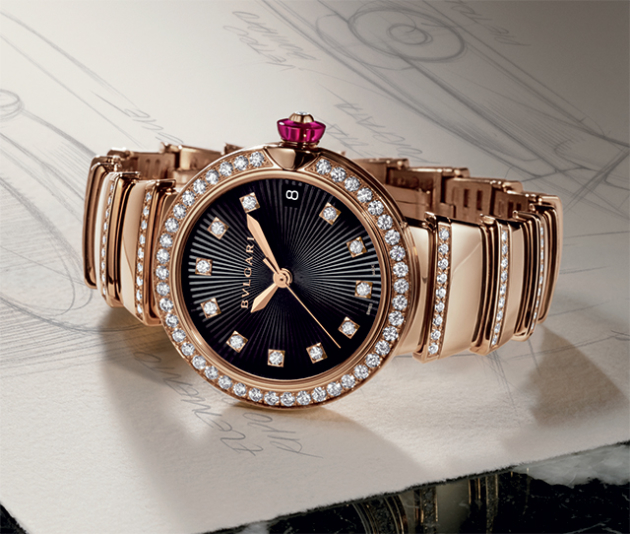
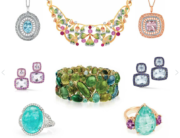
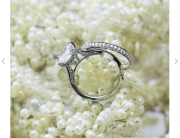

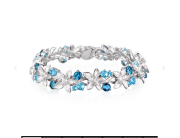
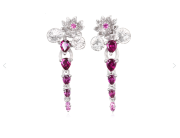
Leave A Comment